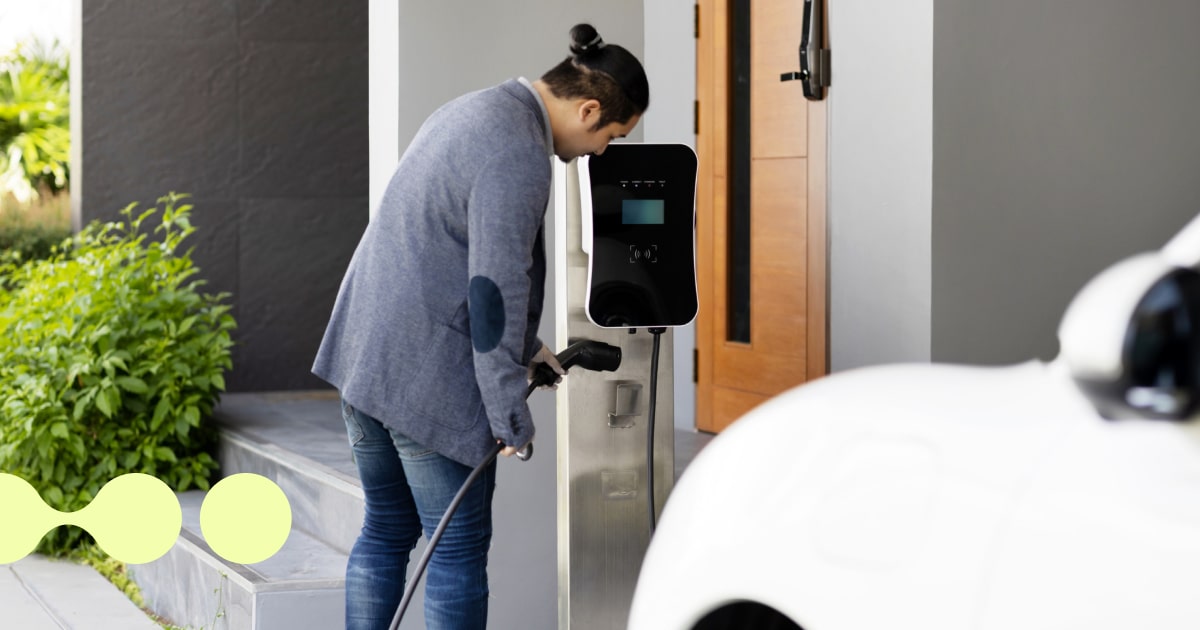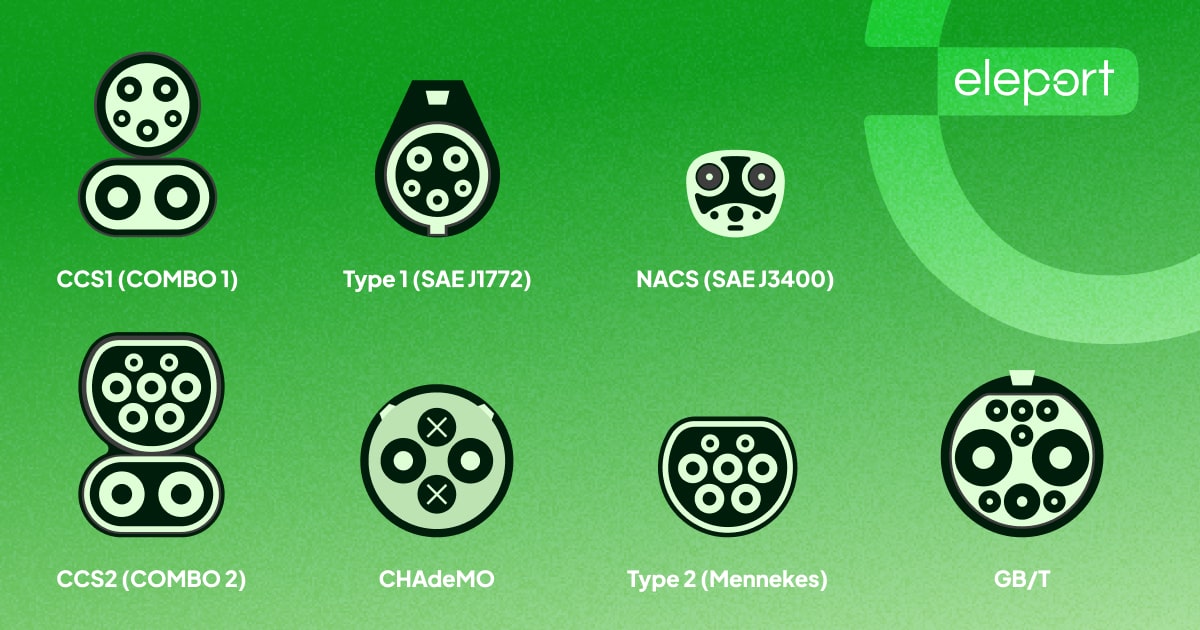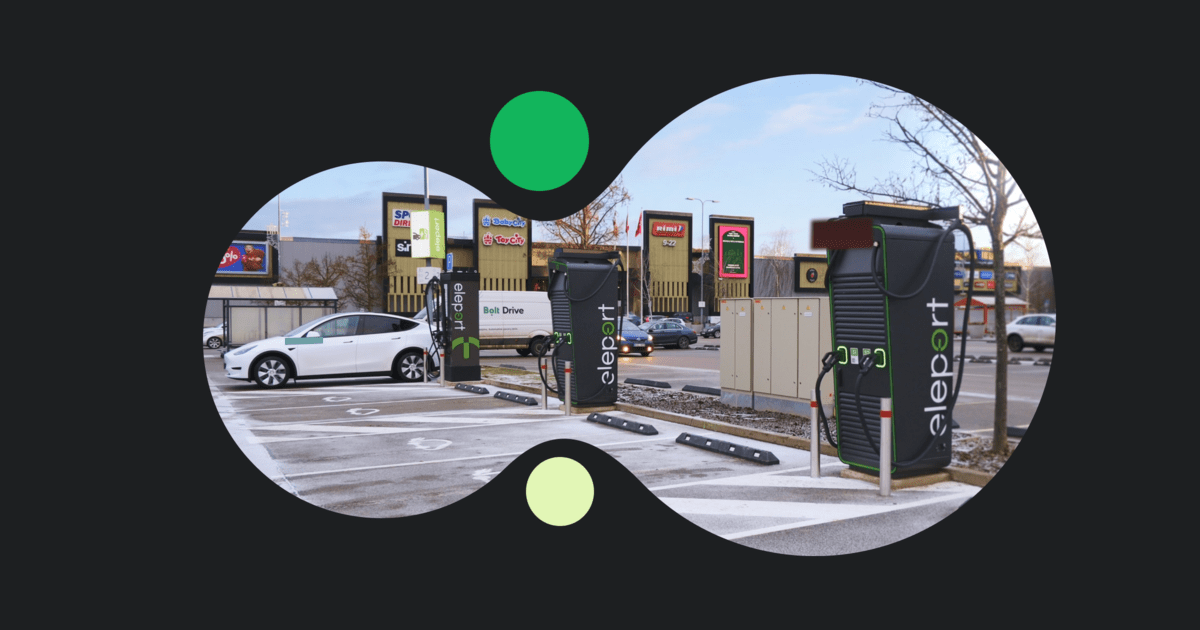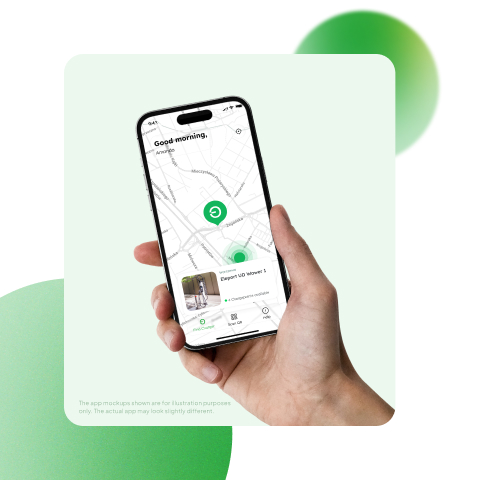If you’ve recently joined the growing world of electric vehicle (EV) drivers, welcome — you’re in good company. But once the excitement of your new EV settles, a very practical question usually comes next:
“Where do I charge — and how long will it take?”
The answer depends on two key things: the EV charger types available to you and the EV plug types your car supports. This understanding is not just for tech lovers — it helps every EV driver charge faster, plan better, and avoid unwanted surprises on the road.
This guide covers everything you need to know about the most common EV charger types, the different EV charger plug types, how charging speeds work in real life, and how to choose the best charging solution for your daily needs or road trips.
Bonus Tip: Looking for reliable, renewable-powered stations? EV charging stations from Eleport are expanding fast across Europe.
Are EV Charging Stations Universal?

This is one of the most common questions new EV drivers ask. And the short answer is: in most cases, but not always. The answer mostly comes down to the common charging standards.
In Europe, the widespread public fast charging standard is CCS, more specifically CCS2, the so-called “European standard”. If your vehicle has a CCS2 charge port, you are good to charge in most public EV charging stations throughout Europe.
The only other common fast charging type is CHAdeMO, the so-called “Japanese standard”, which was a standard that got some early traction before CCS2 and is still available in various places in Europe.
The over three hundred thousand Nissan LEAFs sold across Europe are one of the main reasons, along with very few other EVs, why the CHAdeMO standard is still made available. However, with new networks deployed focusing on new models and thus mostly having CCS2 plugs, and even the next generation of Nissan Leaf using CCS2, this standard is on the way out.
In some countries in Europe, like Albania, where the Chinese EV imports are more prevalent, you might also spot chargers with the Chinese GB/T standard. But no other plug types are available in Europe for fast (DC) charging.
And for slow (AC) charging, you’ll only find either Type 1 (older EVs) or Type 2 (most EVs) ports.
So plug-wise, it really is not as complicated as one outside looking in might think. Still, understanding the different EV charger types and EV charger adapter types can help you stay flexible wherever you drive.
The 3 Main EV Charger Types Explained
Most EV charger types fall into one of these three categories, each with its own speed, setup, and best use case. The main difference between them lies in the charging speed, the required connector, and the location of the charging units.

Mobile Charging Cable (AC): Slow but Simple
Uses: Standard household outlet (230V) and the charging cable that comes with your car
Charging speed: ~11-18 kilometers of range per hour, at 2.3 kW to 3.3 kW
Best for: Overnight charging at home if there is no wall charger, or when visiting/stranded.
Setup: No installation needed — just plug in the mobile charging plug to the socket and charge
The mobile charging cable that comes with your EV by default is the easiest way of charging your EV if the car sits at home for longer and, for example, you’re charging overnight. A ten-hour dwell time would give you 110km to 180km of extra range, far exceeding what most of us drive per day. Still, it is considered a mobile charging cable, and it is usually not meant for everyday use at home.
Best if: You haven’t installed (or can’t install) a home charging unit yet, or you are visiting somewhere you can plug in for a longer dwell time. The connector also serves as a good backup, so you could top up nearly anywhere if in trouble.
⚡ 2. Wall charger (AC): The Daily Driver’s Choice
Uses: a wall charging unit specially connected to your home/work electrical system
Charging speed: ~50 to 100 kilometers of range per hour, at 11 kW to 22 kW
Best for: Home charging, office buildings, public stations at retail locations or parks
Setup: Requires installation of a charging unit
Most EV owners thus also decide to purchase a home wall charger, the name coming from the small pod-like charger being mostly installed on a wall, which can deliver mostly 11 kW but sometimes also 22 kW.
That capability depends on the charger chosen, your home’s electrical system, and the onboard charger of your EV. Most EVs nowadays can take in 11 kW this way, rarely 22 kW.
While the home charger costs anywhere from 400€-1000€ or above, it is usually worth it as charging with 11kW already replenishes 100 kilometres of range in less than two hours. These chargers usually also come with the capabilities to follow the grid rates for optimal, cheaper charging.
These AC chargers, usually capable of charging with 22 kW, are often installed also in parking lots, offices, shopping centres, and, increasingly, residential buildings to share between residents.
You can find those Eleport chargers in urban centers in the Baltic and Central Europe—places where people park for a few hours and want to leave with a full charge.
Bonus tip: Some governments offer subsidies for installing home chargers.
⚡⚡ 3. Fast Charger (DC): When You’re On The Road
Uses: High-voltage direct current, connected to the grid, with specifically designed charging stations.
Charging speed: Add up to 300 kilometres of range in 20 to 30 minutes or even quicker, at 50 kW to 350 kW+
Best for: Road trips, motorway stops, when on shopping runs or other fast top-up needs
Setup: Industrial-level setup, never for home use
DC Fast Chargers deliver the highest speed of all EV charger types, which are ideal for long trips or when time is tight. They allow fast charging at motorway service areas or major travel hubs, adding significant range in minutes. Nowadays, you can also find very large charging hubs all across the world that can feature even more than 100 DC chargers.
DC chargers are also where your EV technical specifications come in, in two ways:
- Your EV determines what the peak power is that you are able to pull from the charger (even at a 350 kW rated charger, you might only be able to get 100 kW or less).
- Your EV connector type – CHAdeMO or CCS2 – will determine if the DC charger is suitable for you in the first place.
EV Plug Types Explained
Now, adding to our charging standards and the different EV charger types, we created an overview of the EV plug types. Here’s each EV charging plug type you might see across the world:

| EV Plug Type | Charging Type | Region/Common Use | Compatible Charger Levels | Typical Cars That Use It | Notes |
| Type 1 (SAE J1772) | AC Charging (Slow/Medium) | Mainly North America | Old European or US-based AC chargers (home and public) | Older Nissan Leaf, Mitsubishi i-Miev, and some Asian & US models | Standard for US home and public AC charging, early days in Europe |
| Type 2 (Mennekes) | AC Charging (Slow/Medium/Fast) | Europe (Official Standard) | AC chargers (home and public) | Most European EVs, Tesla (Europe), BMW, VW, Audi | Allows 1-phase & 3-phase charging |
| CCS1 (Combo 1) | AC & DC Fast Charging | North America only | DC Fast charging in the US | Ford, VW, Chevrolet, Hyundai (US models) | Combines Type 1 plug with DC pins |
| CCS2 (Combo 2) | AC & DC Fast Charging | Europe (Official Standard) | Level 2 & DC Fast | European Tesla, BMW, VW, Audi, Mercedes | Combines a Type 2 plug with DC pins |
| CHAdeMO | DC Fast Charging Only | Global but fading, especially in Europe | DC Fast Only | Older Nissan Leaf, Mitsubishi, Kia Soul EV | Separate plug for DC charging only, being phased out in Europe |
| NACS | AC & DC Charging | North America (was Tesla specific, now adopted by most EVs) | Level 1, Level 2, DC Fast | Tesla by default and now also other EVs ) | Proprietary plug – but now opening to other brands |
| GB/T | AC & DC Charging | China, Asia, very few in European countries | Level 1, Level 2 & DC Fast | Chinese EVs | Separate Chinese standards are not used in Europe or the US |
Quick Takeaways:
- In Europe, the most common EV charger types are Type 2 and CCS2.
- In North America, it’s mainly Type 1, CCS1, and Tesla’s NACS plug.
- CHAdeMO plugs are becoming rare in Europe, but still exist in a lot of locations.
- Tesla drivers in Europe mostly use standard Type 2 or CCS2 plugs.
- If you travel outside of Europe with your EV, adapters are essential.
How Charging Speeds Really Work (And Why It’s Not Just About the Charger)
Many new EV drivers don’t realise that charging speed depends on the charger and your car.
Even if you plug into the fastest DC charger available, like a 350 kW charger, your car will only take as much power as its battery can safely accept. Some entry-level or older EVs charge more slowly by design, to protect battery life.
Plus, your charging speed might slow down when:
- The battery is nearly full
- It’s very cold or very hot outside, and the battery isn’t preconditioned
- The battery has aged over time
A typical fast charging curve looks fast initially, but slows down as the battery approaches ~80%. By preconditioning your battery before heading to a fast charging station – something you can usually toggle from inside the car with newer EVs, you can also get a “head start” with the battery being able to accept higher charging speed right from the beginning of the charge. With AC charging, the battery usually accepts the full up-to-22kW rate from the start until near the end of the charge.
Why Many European Drivers Choose Eleport

Finding reliable and user-friendly charging stations can still be tricky in some regions, but networks like Eleport EV charging stations are changing that fast. Eleport is one of the fastest-growing EV charging networks in Europe, with stations across Estonia, Latvia, Lithuania, and Poland. Through its recent acquisition, it has expanded into Slovenia and Croatia. Read more about its growth here.
Drivers love Eleport because:
- Their chargers use 100% renewable energy
- Payment is simple and app-based
- Their stations support the most common EV charger types
- Locations are chosen with real drivers in mind — city centres, shopping malls, and key highway routes
Final Thoughts: Charge Smart, Drive Free
Owning an electric vehicle means more than cutting fuel costs — it puts you in control. You choose where to power up, when, and how much it costs. That kind of freedom only works when you understand your options.
To recap, here’s how to stay ahead:
- Pick the right charger — Use your mobile charging cable at home for light use, home charger for daily driving, and the DC fast chargers when on the road.
- Check your plug type — Know whether your car uses CHAdeMO or CCS2.
- Know your EV specifications — knowing the limitations of your EV, like the peak charging speed, can save some headaches and actual money spent for charging on the road.
- Map your trips — Plan routes with verified chargers along the way. Here are the best EV route planning tools to consider.
- Carry an adapter — If you have a CHAdeMO vehicle and an adapter for CCS2 stations, make sure you carry it in the car.
- Use trusted networks — Choose EV charging stations from providers like Eleport for a clean, reliable charge.
Smart drivers don’t guess. They prepare. Once you know your car and charging options, EV life becomes easier — and more enjoyable.





